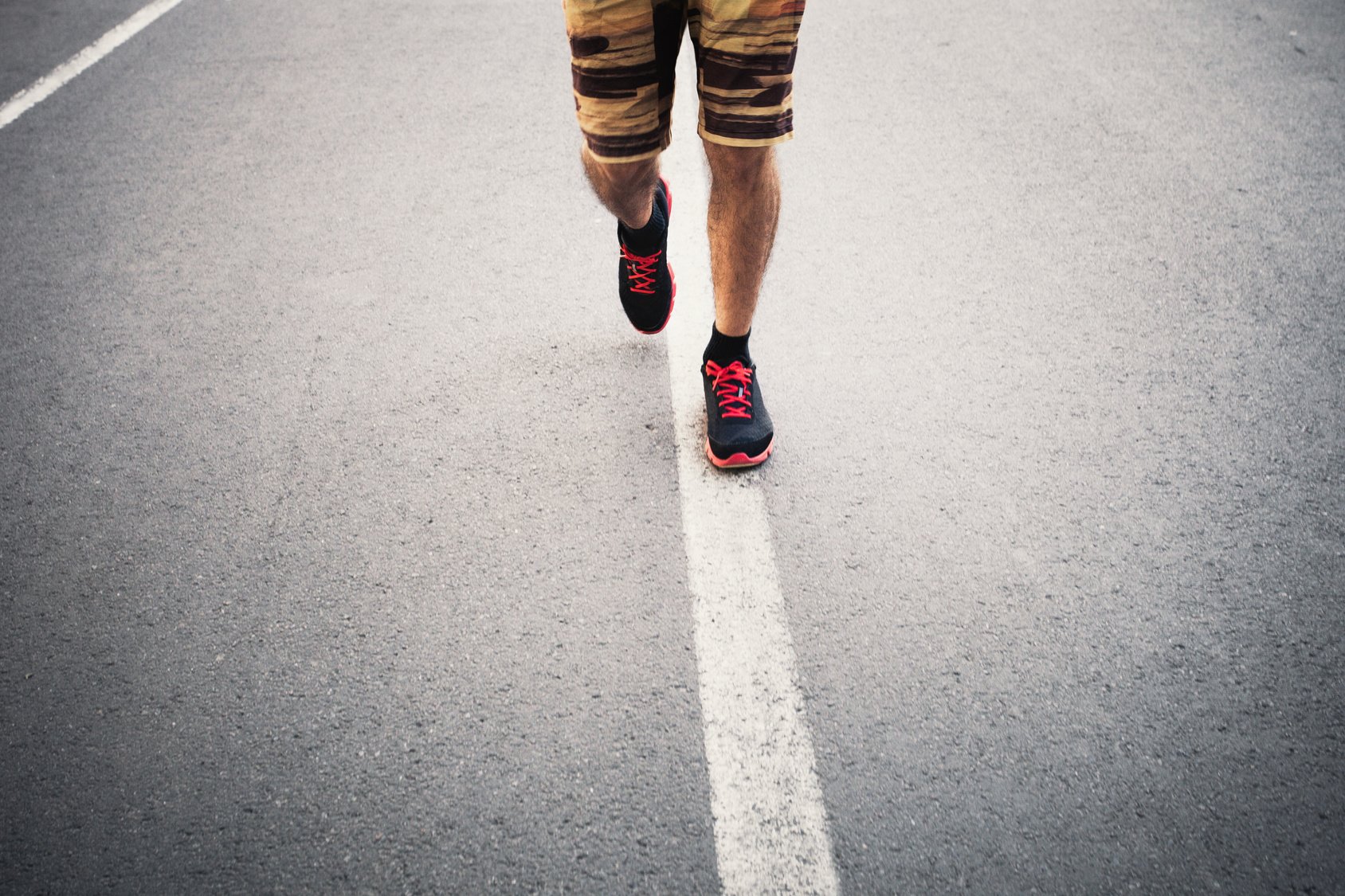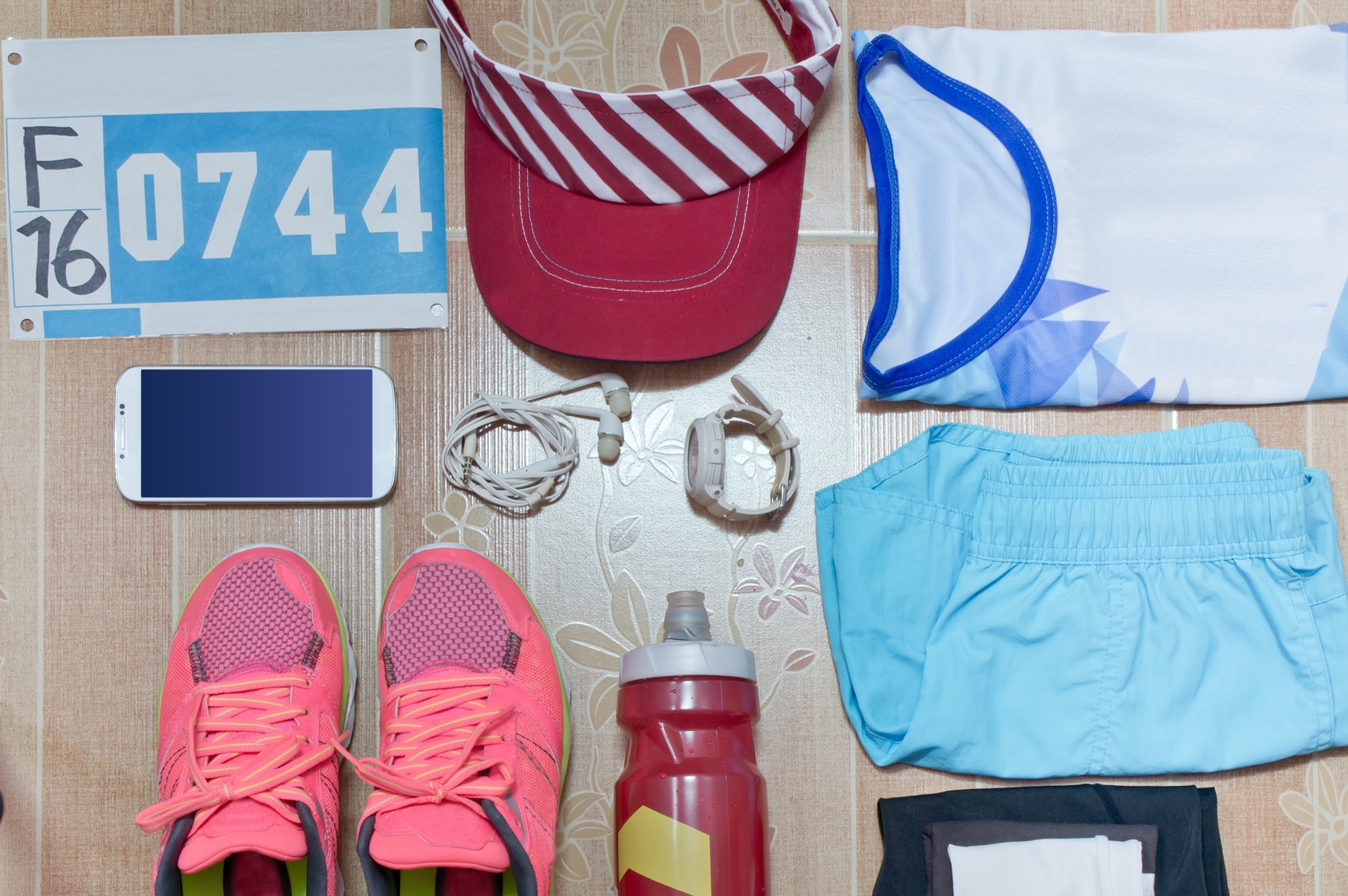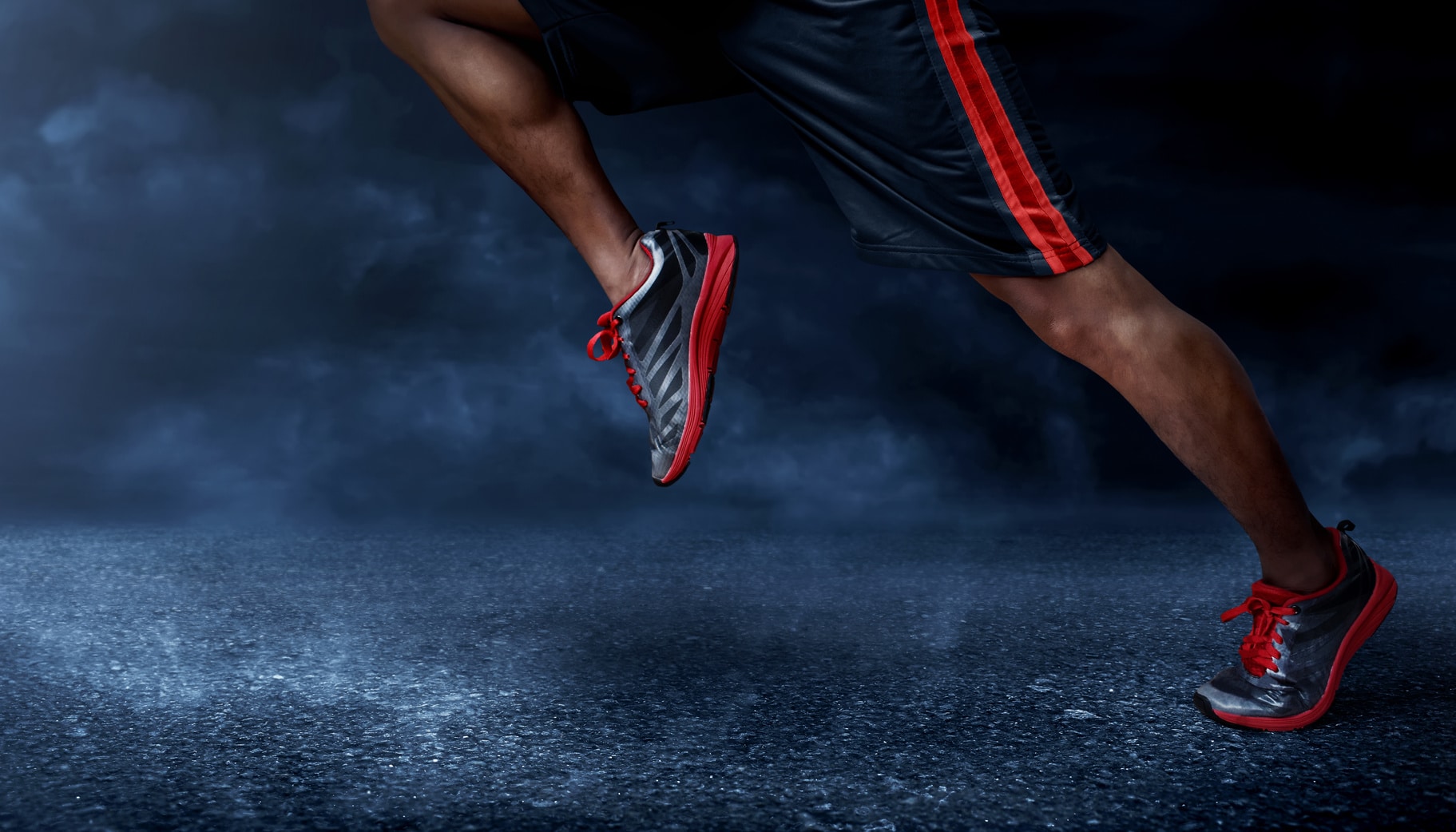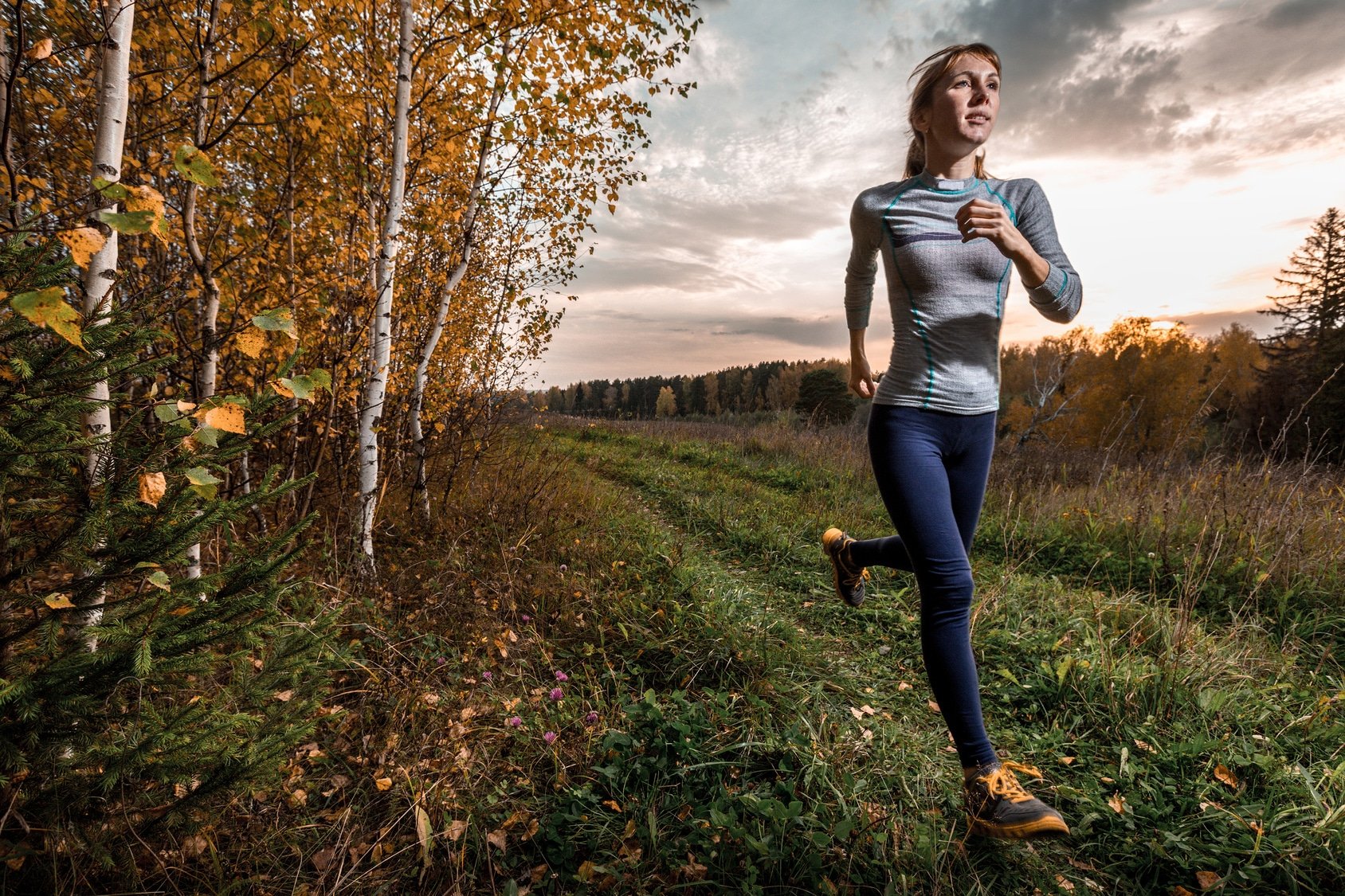Looking for the best advice on how to how to make a running plan? Then you’ve come to the right place.
Here’s the truth.
Running programs are super helpful.
This is especially the case if are serious about reaching your full running potential.
But here is the bad news…
The topic of workout program design can be a complicated, mind-numbing, process.
So, it’s not surprising that scores of recreational runners have trouble when it comes to planning their running training program.
That said, today I got you covered.
There is no need to make this more complicated than it has to be.
After all, workout routine design is no quantum physics nor rocket science.
In this article, I’m going to teach how to create your plan by breaking down the essentials of running program design.
I’ll also be reviewing some of the core principles of training.
So, by following the steps laid down below, you’ll be able to plan an effective, and lasting, running program plan.
So, are you excited?
Then here we go.
How to Make a Running Plan – The Rules
With so many running programs out there, separating between the endurance-builders and the time-waster is no easy feat.
Just Google the words “running training program,” and you’ll get over 621,000 different results, each one promising to be the answer to your running prayers.
Couldn’t be further from the truth.
The fact is, a good running program should be developed around your own running goals and preferences, period.
So, for instance, a beginner runner who trains to lose weight will have a much different running approach than an elite athlete training for their next personal best.
Get it?
Here is what a personalized running program should take into account:
- Fitness level
- Personality
- Personal preferences
- Training background and history
- Schedule
- Short term running goals
- Long-term running goals
- Ultimate fitness objective
5 Steps To Help You To Create a Running Program
Designing a well-balanced and effective running program is a process that consists of five rudimentary steps.
Step. 1 – Assess your Fitness and Health
The first step you should take when designing your running plan is the consultation process.
The right running program should conform to your fitness level, needs, and personal needs.
Not the other way around.
Otherwise, you’re heading in the wrong direction.
For that reason, you have to assess your specific and particular strengths and weakness.
You’d need to know what you are (naturally) good at, and what needs improving.
Questions to Ask
Since running program design is a DIY project for you, you’re going to administer the consultation for yourself.
So, sit down, grab a pen and paper, and answer the following questions as honestly as possible.
- Are you out of shape?
- Do you have chronic injuries?
- Do you have any lingering pains or aches?
- Are you within the healthy weight range?
- Do you have high blood pressure?
- Are under any the supervision of any doctor concerning physical activity?
Judging the Answers
If you answered “no” to all of the above questions, then you’ve passed the first step with flying colors.
Congratulations!
By doing so, you’ll be assured that you can begin a vigorous training program without worrying about getting hurt in the process.
And that’s a good thing if you ask me.
That said, if you’re not clear on the answers, then you might need to dig a little bit deeper into your current physical and health condition.
For that, check these two posts:
The complete assessment will give you a benchmark against which you can gauge your progress (or lack thereof).
I hate to sound boring, but if you’re over the age of 40 and have not exercised in a while, then you SHOULD always check with a certified physician before getting started.
That’s the cardinal rule of safe training.
You should never ignore it.
Note – Looking for the best Beginner’s Guide To Running?
Then Check my Runners Blueprint System Here.
Step. 2 Assess Your Time/Schedule
To choose the most suitable running plan, first, you have to assess your schedule, calendar and time.
These questions can help.
- How many days a week do you want to exercise?
- How many hours per week you’re willing to exercise?
- Which specific days of the week work the best to support it?
- When can you start?
- Where will you run? On a treadmill? At a stadium? Trails? Around the neighborhood?
Scheduling Your Running Workouts
Pull out your daily calendar and, based on your answers to the previous questions assess the weeks (and months) ahead of you.
Next, schedule your runs, choosing the three to five days per week in which you’ll train.
Once you do that, mark it on your daily plan and schedule it like you’d an appointment.
Then cross train on the off-days doing another activity, such as walking, yoga, strength training, etc.
Prioritize, Prioritize, Prioritize
Once you have your chosen days, pledge to yourself to train no matter what.
Keep in mind that consistency is the most crucial pillar in creating and executing a successful running training program.
Additional resource – Guide to running slang
Step. 3 Set The Right Goals
If you needed a ride to the post office, would you hop on a bus that’s headed for the beach?
Of course not.
Well, the same principle applies to starting a running program.
Every plan is a vehicle that takes a specific route toward a well-defined running goal.
That’s why every good running program should have a well-defined goal in sight.
When you set clear and well-defined goals, everything will fall into its place, and you’ll no longer be second-guessing yourself every step of the way.
After all, the specific elements of your running program depend on your ultimate training purpose.
To clarify your goals, answer the following:
- What is your ultimate fitness goal?
- Why do you want to start running?
- What do you want from running?
- What is your primary running goal?
- What your secondary running and fitness goals?
- What are your short-term running and fitness goals?
- What are your long-term running and fitness goals?
Make your Goals Smart
As a rule of thumb, your goals must be specific, measurable, set within a time limit, challenging yet realistic.
So, for instance, a SMART goal might a personal target to run a particular distance within a specific time, complete a race or event, or anything else in between.
Here are a few examples to consider:
- Run a sub 30-minute 5K the end of next July,
- Run a minimum of 20 miles per week for each of the following four weeks.
For the full guide on my personal goal setting process, check my post here.
Keep It Simple, Stupid!
Just don’t get me wrong.
Your running goals do not have to be complicated and challenging.
In fact, it can be a simple as “run three times a week” or “be able to run for 45 minutes non-stop”.
Step. 4 Choose The Running Workouts
Now that you have your fitness assessment, and goals set, it is time to put it all together into a practical schedule.
The next step in this process is to design your actual running routine.
This is the most extensive part of training design, and where things might start to get a little complicated, so bear with me, please.
Build Your Base
Building a solid foundation base requires a variety of running workouts.
In general, aim for three to four hours of total running time per week, ideally at least three to four separate sessions.
This, of course, will vary depending on your running goals and fitness level.
On the off days, you can choose to cross train or rest.
Do a Variety of Workouts
For a well-designed and well-rounded running program, incorporate in plenty of different types of runs of different distances and training paces.
Variety will not only help you beat the monotony of running the same 5-mile loop over and over again but also help you reach your full running potential.
You can find out more about the importance of training variety here.
Here is the long list of running sessions that you could work into your schedule.
Running Workouts
- Easy runs
- Recovery run
- Interval repeats
- Ladder runs
- Pyramid Runs
- Progression runs
- Tempo runs
- Fartlek runs
- Hill reps
- Strides
- Long runs
- Negative splits
- Yass0 800’s
The Cross Training
Pick three days for cross training or active recovery.
During your rest and CT days, keep your body moving without putting too much pressure on it.
This continuous pattern of training can help build the habit of daily exercise in your life while further improving your aerobic conditioning and muscular strength.
For more on the benefits of cross-training for runners, check my article here.
Here is a list of cross training sessions to consider:
- Strength training
- Swimming
- Agility ladder training
- Spinning
- Yoga
- Rowing
- Pilates
- Foam rolling
- Etc
Step. 5 Choose a Weekly Running Schedule
To help you make sense of the above, here are three exemplary weekly workout templates to give an idea on how to proceed.
- Monday: moderate or high-intensity workout
- Tuesday: Easy Run or Cross Train
- Wednesday: Easy run
- Thursday: Moderate or high-intensity workout
- Friday: Easy Run or Cross Train
- Saturday: Long Run
- Sunday: Rest or Cross Train
Beginner Runner Plan
- Monday: 30- to 45-minute easy effort pace
- Tuesday: Rest
- Wednesday: 10 minute warm-up + 20-minute at tempo pace
- Thursday: Cross train
- Friday: Rest
- Saturday: 60 minute at conversational pace
- Sunday: Rest
Intermediary Runner Plan
- Monday: 45- to 60-minute easy effort running
- Tuesday: 45- to 60-minute of Cross training
- Wednesday: 8 X 400m @ 85% max effort.
- Thursday: 30- to 45-minute of Cross training
- Friday: 30- to 45-minute of Fartlek running.
- Saturday: 75- to 90-minute long run at a conversational pace
- Sunday: Rest Day
Advanced Runner Plan
- Monday: 10-minute warm-up + 40 minutes at tempo pace
- Tuesday: 60-minute of Cross training
- Wednesday: 10 X 400m @ 85% max effort.
- Thursday: 30 minutes of easy running
- Friday: 30 to 45 minutes of Fartlek training
- Saturday: 90- to 120-minute long run at a conversational pace
- Sunday: Rest or crosstrain
Don’t get me wrong. These templates are not written in stone.
Therefore, feel free to come up with different templates if this one does not fit your schedule.
In fact, you can always create your own—as long as you’re keeping in mind the general guidelines.
Just, as a rule of thumb, surround quality workouts—think harder runs such intervals, hill reps, and long runs—with easy-paced recovery workouts that are neither intense nor long.
Commit To Paper
Commit your plan to paper.
In my experience, written plans work better.
In fact, a written plan may hold you accountable and help you stay on track for the long haul.
Grab a training journal, and jot down the days of the week along the side, then decide on what to do each day: run, cross train, or rest.
In your training journal, write down everything running and exercise-related so that you can compare yourself against a previous benchmark.
That’s why, as previously stated, setting smart goals is vital.
Having trouble with the plan?
If you’re having problems pinning down your running program, then I have a sit-down with a certified running coach or personal trainer.
They should be able to help you clear out the fog and help you develop an actionable, realistic steps toward achieving the results you’re after.
Dealing With Training Cycles
To stay focused during training cycles, break down your plan into blocks of 4 to 6 weeks, with the last week of each cycle being a recovery week.
Enter Recovery Week
A recovery week is simply a planned 30 to 40 percent reduction in running intensity and volume from the week before to aid recovery and allow the body to prepare for more training load.
During the recovery week, allow for your body to recover and re-adjust to the training load.
Please do not make the mistake of skipping this valuable training piece.
In fact, many beginners start running with a frenzied zeal—running too much, too intensely, for too long, before their bodies are used to the high impact demands of the sport.
For more on recovery, check my post here.
Bonus Tip: How Do I Become a Better Runner?
The answer to that question lies within my Runners Blueprint System.
Why?
My system was specially designed for beginners who either want to start running or take their training to the next level, but have little clue on how to do it.
And don’t worry, my ebook is written in a conversational, jargon-free, style. All you need to do is download it, follow the simple instructions, then start seeing results ASAP.
Here’s what it includes :
- How to quickly and easily get started running (it’s indeed is easier than you’d think!)
- How fast (or slow) should you go on your first sessions
- The exact 13 questions you need to answer before you a buy a running shoe
- The seven most common running injuries….how to deal with them before they progress into major ones!
- The quick standing stretching routine that keeps you flexible even if you’re busy as hell
- The 10-minute warm-up you must do before any session to get the most of your training
- And much, much more.
Click HERE to get started with The Runners Blueprint System today!
How to Make a Running Plan – The Conclusion
By following the above steps, you’ll be able to craft a well-structured running program that will be gradual, organized and in tune with your fitness level and training goals.
Just make sure to take action on what you’ve just learned. Speed of implementation is key.
In the meantime, thank you for reading my post
David D

























